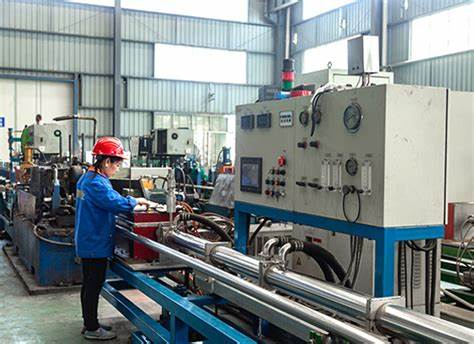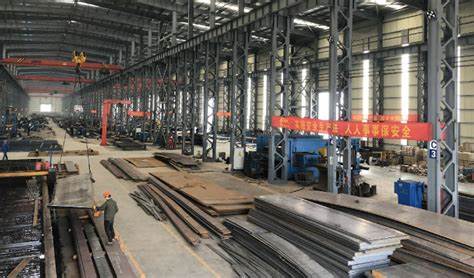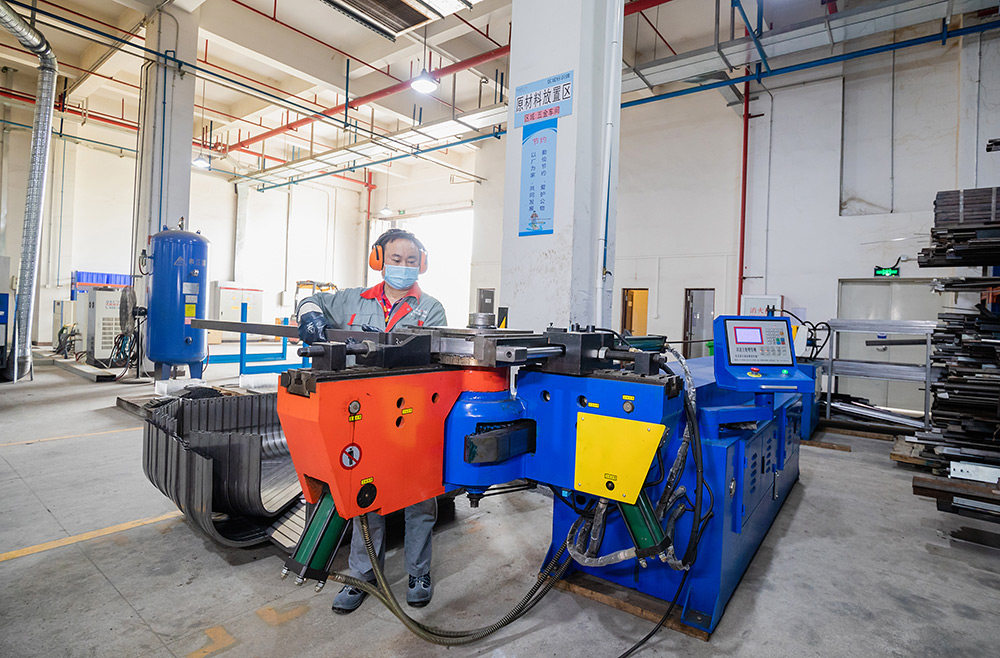In the modern fitness industry, multi-functional training equipment has become a cornerstone in both commercial and home gyms. Four key machines play a pivotal role in the creation of these frames: laser pipe cutting machines, laser plate cutting machines, pipe bending machines, and laser welding machines.This article explores how each of these machines contributes to the production process.
1. Laser pipe Cutting Machines: Precision in Structural Design
Working Principle
Laser pipe cutting machines use a high-powered laser beam—typically fiber laser—to cut through metal tubing with extreme accuracy. The laser pipe cutting machine is guided by CNC controls, which interpret CAD files and position the cutting head along the X, Y, and Z axes. An assist gas (like nitrogen or oxygen) is used to remove molten metal and ensure a clean cut.
Advantages
High Precision: Cutting tolerance within ±0.1 mm ensures perfect fitting of the laser pipe cutting machine during assembly.
Flexibility: Handles a wide range of pipe profiles and complex geometries, including beveled edges and interlocking joints.
Efficiency: High cutting speed of laser pipe cutting machine reduces production time, even for complex designs.
Reduced Waste: Optimized cutting paths minimize material waste and maximize yield.
By enabling intricate, accurate cuts, laser pipe cutting machines form the backbone of a multi-functional training frame’s structural components.

2. Laser Plate Cutting Machines: Crafting Foundation and Connection Elements
Working Principle
Laser plate cutting machines work similarly to their pipe-cutting counterparts but are designed to cut flat metal sheets. Using CNC-driven laser beams, these laser plate cutting machines produce plates, brackets, support flanges, and connection panels essential for structural integrity and modular assembly.
Operation Process
Design and Nesting: Plate components are arranged (nested) in CAD software to optimize material usage.
Sheet Loading: Metal sheets are loaded onto the cutting bed, often using vacuum or magnetic lifters.
Laser Processing: The laser of the laser plate cutting machine follows programmed paths to create detailed outlines, bolt holes, and surface etchings.
Sorting and Storage: Cut parts are removed and sorted for welding or surface treatment.
Advantages
Smooth Edges: Minimal post-processing required, reducing labor and improving finish quality.
Scalability: Easily accommodates batch production or one-off custom components.
Material Versatility: Can cut stainless steel, carbon steel, and aluminum plates of varying thicknesses.
These laser plate cutting machines provide critical connecting elements and load-distribution plates that unify the frame, ensuring both function and form are preserved.

3. pipe Bending Machines: Shaping Strength and Ergonomics
Working Principle
Pipe bending machines use mechanical or hydraulic force to deform metal pipes into specific radii and angles without compromising their structural integrity. Common techniques include rotary draw bending and mandrel bending, which prevent the pipe walls from collapsing or wrinkling during the bend.
Operation Process
Bending Execution: The pipe bending machine clamps the pipe and rotates it around a die, forming the desired curvature.
Post-Bend Inspection: Angles, wall thickness, and deformation are measured to confirm tolerances.
Advantages
Aesthetic Appeal: Smooth bends of the pipe bending machine improve visual appeal and tactile experience.
In multi-functional gym frames, pipe bending machines are used in components such as handle grips, curved supports, and functional arches. These elements of pipe bending machines improve the user experience while supporting the frame’s mechanical load.

4. Laser Welding Machines: Fusing Components with High Precision
Working Principle
Laser welding machines utilize a concentrated beam of laser energy to fuse metal parts at their joint. This non-contact welding method offers pinpoint accuracy and deep penetration, making it ideal for both visible and load-bearing welds on fitness equipment frames.
Operation Process
Laser Setup: The laser parameters of the laser welding machine—power, speed, and focal length—are set based on the material and thickness.
Inspection: Laser welding machines are visually inspected and tested for strength and integrity, often via dye penetrant or ultrasonic testing.
Advantages
High-Precision Welds: Extremely narrow heat-affected zones minimize distortion and post-weld processing.
Strength and Reliability: Produces clean, strong joints with excellent fatigue resistance.
Automated Operation: Integrates with robotic arms for consistent and repeatable results.
Laser welding machine is critical for creating seamless joints in the frame, where mechanical strength and clean aesthetics are equally important. Whether hidden inside the frame or exposed on visible surfaces, laser welding machine ensure durability and safety.
Conclusion: Integration of Technology in Fitness Frame Manufacturing
Each machine—laser pipe cutting machine, laser plate cutting machine, pipe bending machine, and laser welding machine—plays a specific and irreplaceable role in shaping the frame with precision, speed, and repeatability.

